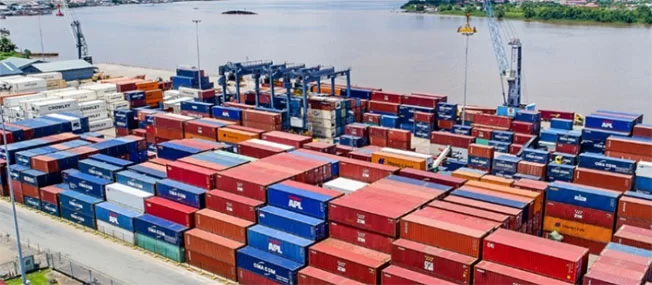Despite the recent imposition of broad import tariffs by the United States, trade between Latin America and the Caribbean is projected to grow significantly in 2025, according to a report released by the United Nations Economic Commission for Latin America and the Caribbean (ECLAC). The report, presented on Wednesday, indicates that the impact of the US tariffs has been less severe than initially feared. The value of regional exports is expected to rise by 5% this year, up from 4.5% in 2024, driven by a 4% volume growth and a modest 1% price increase. Mexico, the region’s largest exporter, is also anticipated to see a 5% growth in exports. The limited effect of the US tariffs is attributed to strong demand in the early months of the year, with American companies accelerating imports and building inventories in anticipation of higher tariffs. Additionally, robust trade dynamics among Asian economies have contributed to global trade stability. However, ECLAC warns that the outlook for 2026 is less favorable, with growth in international goods trade expected to slow due to reduced inventory buildup and potential new trade tensions. The export of services from the region is projected to grow by 8% this year, slightly down from 9% in 2024. Between January and August, prices for key export commodities from the region rose by an average of 1.7%, compared to a 2.1% decline in the same period last year. ECLAC attributes the upward revision in expectations to the strong trade momentum in the first half of the year. Currently, the effective average US tariff on Latin American goods is 10%, seven percentage points lower than the global average. However, the commission cautions that this relatively favorable position could change quickly due to trade deficits and geopolitical developments. ECLAC advises regional countries to diversify their trade relationships and deepen regional integration to enhance economic resilience in a world where trade policy is increasingly used as a strategic tool.
